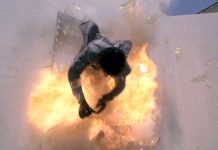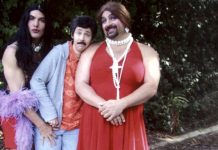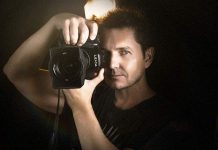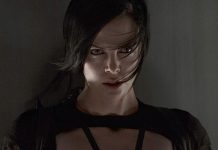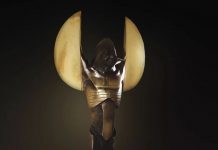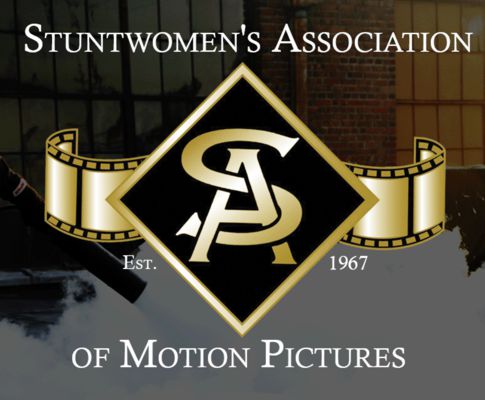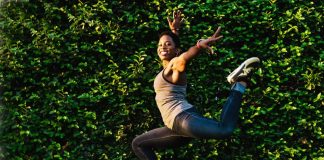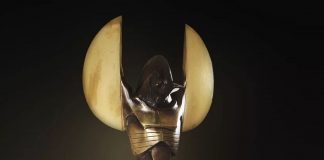Ming Qiu has trained and doubled actresses such as Maggie Q from Mission: Impossible III (2006), to Lucy Liu in Charlie’s Angels (2000), to Milla Jovovich in Ultraviolet (2006).
Ming Qiu on training Milla Jovovich for ’Ultraviolet’ and working in Hollywood
Ace stuntwoman Ming Qiu has an impressive lineup of Hollywood films (Charlie’s Angels, Kill Bill, Ultraviolet) on her resume and Inside Kung Fu magazine just saluted her as their 2006 Woman of the Year. But in a recent interview, the veteran wushu champion quickly brushed aside any suggestions that celebrity is knocking at her door. “I’m a very low key person,” she insisted.
Nevertheless, Qiu is picking up a lot of fans these days. “Since The Matrix and Crouching Tiger, Chinese martial arts have been popular in Hollywood. But people don’t know how to do it,” she pointed out. Her wushu classes in Los Angeles have drawn quite a few stunt professionals looking to polish their skills. Qiu’s parents were gymnastics coaches in her native China and she might have been expected to follow in the footsteps of her mother, a national champion. “But my mom and I visited her friends one day, and they were practicing wushu. It was really cool! So I asked my mom if I could join them.” Professional wushu, the standardized form of martial arts used in China for competitions, turned out to be the ideal training for stunt work. “I think it’s a good idea for a stuntperson to start with wushu, because it has jumps and kicks, and the low stances. And you learn so many styles, both hard and soft styles, and so many different kinds of weapons. When you know wushu, it’s easy to learn other martial arts.”
After making her name as a forms competitor in China and the U.S., Qiu found herself in demand as a trainer and stunt double in Hollywood. “In China, films about flying swordsmen have been popular for a long time, but there’s nothing like that in American culture. So the (U.S.) films mostly don’t have pure Chinese martial arts. They’re more like Kill Bill, with a mix of Chinese and Japanese.” And she’s noticed another difference between U.S. and Chinese versions of cinematic action: “Most traditional Chinese martial arts movies show the fights with only a little editing, and the camera is far enough away that you can see everything. But in America, the fights are edited a lot more, just one or two punches in a shot, and they use close-ups for the action.”




